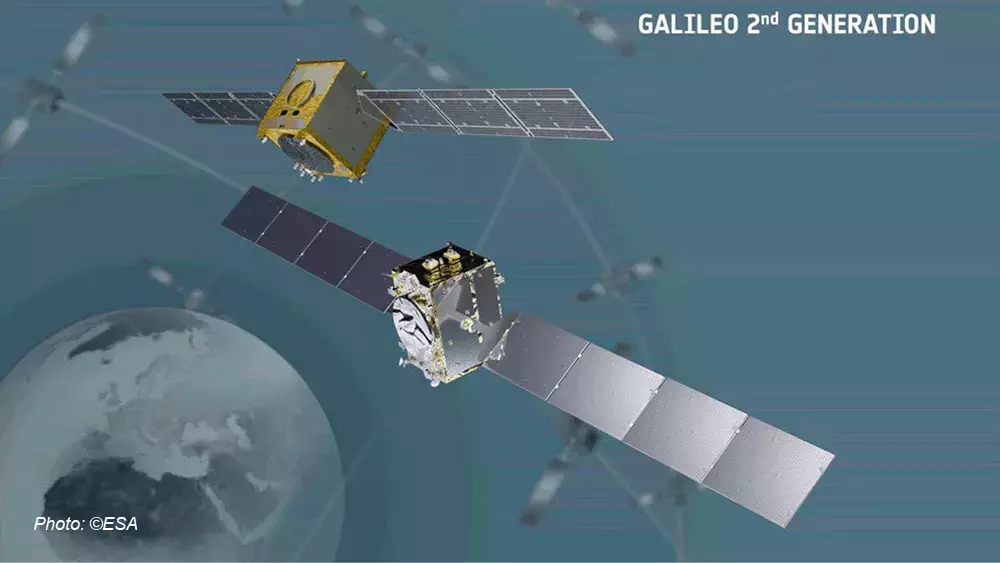
Published on 26/03/2024 14:55:53
Paris, 26 March 2024
MVG is proud to announce the award of two contracts by the European Space Agency (ESA) to complement the new and improved radio frequency test facility, Hertz 2.0, at the ESTEC site in the Netherlands, with MVG antenna measurement technology.
The facility will benefit from a large multi-axis positioner that will allow both medium-duty and heavy-duty Devices Under Test (DUT) to be tested in any angular direction with high accuracy. Together with the DUT positioner, MVG is supplying the positioning system for the Compact Range (CATR) feed as well.
To further increase the testing capability of HERTZ 2.0, the Agency has also appointed MVG to design and manufacture a large Planar Near-Field (PNF) scanner, with the challenging requirement to hide behind the compact range system when not in use.
Currently referred to as HERTZ 2.0 (Hybrid European RF and antenna Test Zone), the new facility will be significantly larger than HERTZ 1.0 – 32m L x 25m W x 18m H - and will ensure high accuracy end-to-end antenna and satellite testing over a broad frequency range, from 1 GHz up to several hundred GHz.
The integrated nature of electronics and antenna systems in contemporary satellites has inspired the expansion. The HERTZ 2.0 will house a compact far-field test range as well as a planar near field scanner; A 2-in-1 test chamber to accommodate the testing of the biggest satellites currently in development and their sophisticated RF payloads and communication systems altogether.
Another 2-in-1 option in the chamber relates to the DUT positioning system. The installation will allow for the switching out of two advanced MVG positioning subsystems: A heavy-duty tower with a roll-over-elevation (AZ/EL) positioner, and a load capacity of up to 6000 kg, will allow for the testing of full satellite payloads and very heavy antennas. A medium-duty system, better suited for the positioning requirements of lighter DUTs, will be composed of a tower and roll positioner.
The new feed positioner, in addition to the precise positioning of the feed horn in the focal point of the dual reflector compact range system, features the capacity to scan the feed in the focal plane and shift the direction of propagation of the plane wave in the QZ by a few degrees.
The planar near-field scanner is particularly useful for high-performance, high-frequency antennas where accurate characterization is critical. In this case, to validate full functionality in space, satellite payloads and antenna systems will be tested in the controlled environment of the dedicated anechoic test chamber. The test configuration with the near-field planar scanner will also avoid movement of the large DUT thereby optimizing measurement efficiency and accuracy.
With the solutions provided by MVG, it will be possible to reconfigure the test facility for the specific measurement campaign, by adapting the positioner to the mechanical characteristics of the DUT, and by selecting the most appropriate antenna measurement technique between CATR and PNF.
The test facility will also be equipped with the MVG state-of-the-art WaveStudio antenna measurement software which will allow acquisition, visualization, and post-processing of the data, bringing further efficiency to the test campaign.
The state-of-the-art positioners and PNF scanner provided by MVG will play a fundamental role in enhancing test capabilities at the ESTEC facility. Hertz 2.0 is destined to enable unparalleled accuracy and efficiency in electromagnetic tests and measurements, and to advance innovation and progress in European satellite development and space applications.

